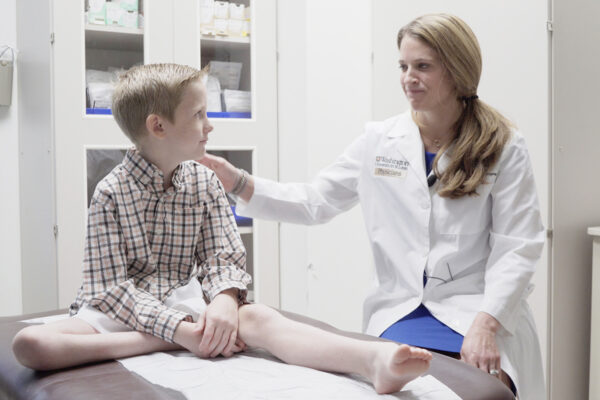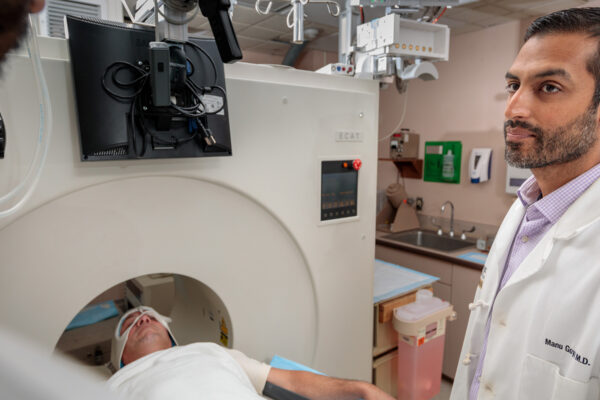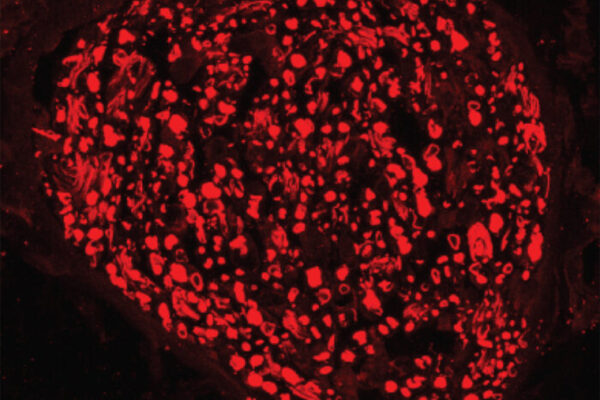Metcalfe gift supports study of adversity’s effects on children’s brains
A gift from Walter Metcalfe Jr. and his wife, Cynthia, will support the work of School of Medicine child psychiatrist Joan Luby, MD, and her collaborators. The gift was inspired by promising early findings suggesting interventions to address the impact of toxic stress on the long-term behavioral and mental health of children.
Pregnancy shifts the daily schedule forward
New research from Washington University in St. Louis finds that women and mice both shift their daily schedules earlier by up to a few hours during the first third of their pregnancy. The new study shows how impending motherhood induces changes in daily timing of a mother which, when disrupted, may put a pregnancy at risk, as reported in the Journal of Biological Rhythms.
Wearable motion detectors identify subtle motor deficits in children
A wristwatch-like motion-tracking device can detect movement problems in children whose impairments may be overlooked by doctors and parents, according to a new study from Washington University School of Medicine in St. Louis.
Rineys give $15 million to develop, test therapies for neurodegenerative diseases
The School of Medicine has received a $15 million gift from Paula and Rodger Riney aimed at accelerating research and developing new treatments for two major neurodegenerative diseases: Alzheimer’s disease and Parkinson’s disease.
Washington People: Erik Herzog
Erik Herzog, professor of biology in Arts & Sciences, studies the molecules, cells and circuits of mammalian circadian timing. He also supports and encourages younger neuroscience researchers, from elementary school all the way through doctoral programs.
WashU Expert: The eternal sunshine of perennial ‘wintertime’
The movement to abolish clock-time changes each spring and fall is growing — and so is the scientific evidence. Experts say perennial standard time, or “wintertime,” is the best and safest option for public health.
Nerve transfer surgery gives hope to children with rare paralyzing illness
School of Medicine surgeon Amy Moore, MD, has performed nerve transfer surgeries on children stricken with a rare paralyzing illness called acute flaccid myelitis. Researchers believe the condition may be caused by a common enterovirus.
Women’s brains appear three years younger than men’s
A new study from the School of Medicine finds that women’s brains appear to be about three years younger than men’s of the same chronological age, metabolically speaking. The findings could be one clue to why women tend to stay mentally sharp longer than men.
Gene therapy blocks peripheral nerve damage in mice
In a new study from the School of Medicine, scientists have blocked the destruction of nerve axons in mice, a step toward helping patients with various neurodegenerative disorders.
Mice sleeping fitfully provide clues to insomnia
Researchers at the School of Medicine — working with mice with sleep problems similar to those experienced by people with the genetic disease neurofibromatosis type 1 (NF1) — believe the animals will help shed light on insomnia linked to NF1 or other factors.
Older Stories









